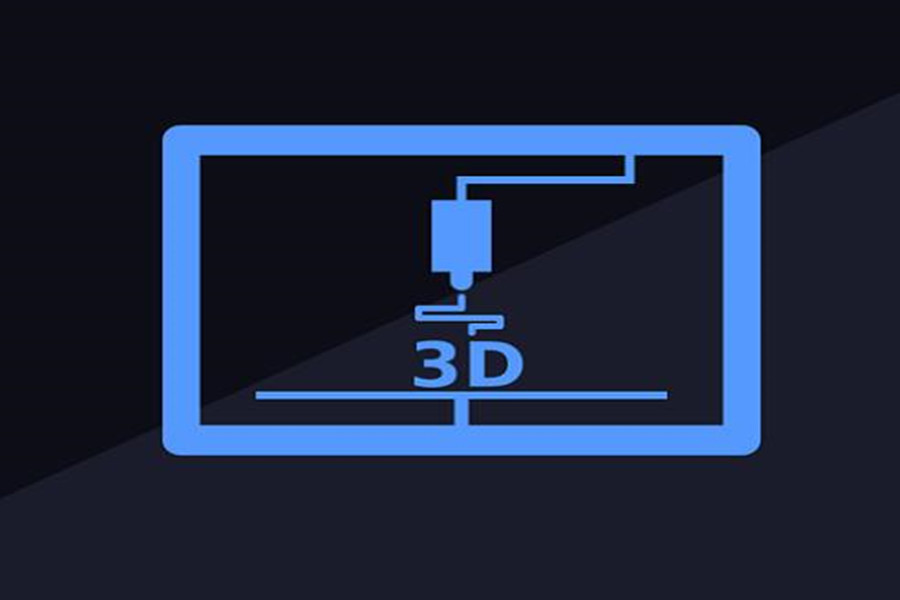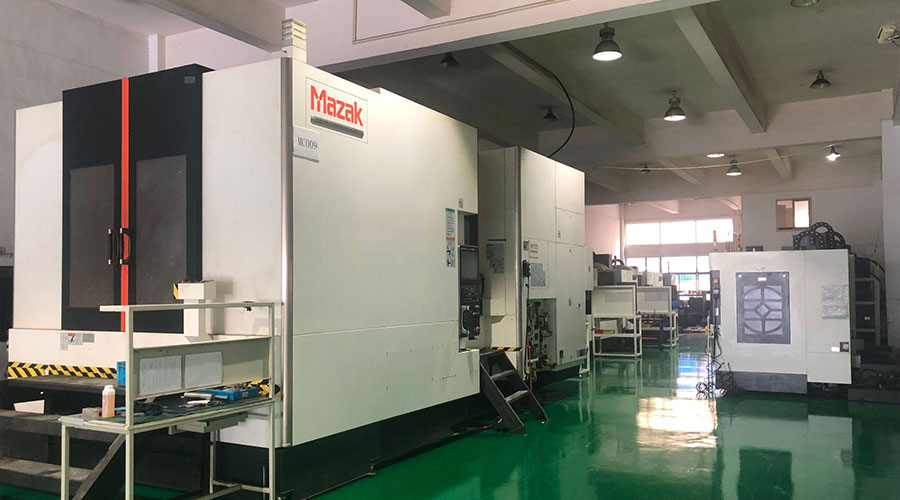Researchers at the University of Freiburg and Stuttgart have developed a new process that uses a standard 3D printer to produce a mobile, self-adjusting material system.
These systems can undergo complex shape changes, shrinkage and expansion under the influence of moisture in a pre-programmed manner. Scientists simulated the development of climbing plants called air potatoes (Dioscoreabulifera) based on their movement mechanism.

Using their new method, the team produced the first prototype: a forearm brace adapted to the wearer, which can be further developed for medical applications. This process was developed in collaboration with Tiffany Cheng and the professor.
Achim Menges from the Institute for Computational Design and Construction (ICD) and the Integrated Computational Design and Construction (IntCDC) of the University of Stuttgart, and Professor Thomas Speck from the Plant Biomechanics Group and Life, Adaptive from the University of Freiburg And Energy Autonomous Material System Excellence Cluster (livMatS).
Researchers are presenting their results advanced science in journals.
4D printing defines shape changes
3D printing has become a widely used manufacturing process. It can even be used to produce smart materials and material systems that keep moving after printing and automatically change shape from external stimuli (such as light, temperature, or humidity). This so-called “4D printing” can trigger a predetermined shape change through stimulation, which greatly expands the potential applications of the material system.
These shape changes are achieved by the chemical composition of materials, which are composed of stimulus-responsive polymers. However, the printers and basic materials used to produce such material systems are usually highly specialized, customized, and expensive—until now.
Now, using standard 3D printers, it is possible to produce material systems that respond to changes in moisture. Considering their structure, these material systems can change shape throughout the system or just in a single component. Researchers from the University of Freiburg and the University of Stuttgart have combined multiple expansion and stabilization layers to achieve a complex motion mechanism: a coiled structure that stretches a “pocket” as a pressurizer to tighten it. When the “pocket” is released, it can relax again on its own and the coiled structure returns to the open state.
Natural movement mechanism transferred to technical material system
For this new process, the scientists used a mechanism from nature: the air potato climbs the tree by applying pressure to the trunk of the host plant. For this, the plants are first loosely wound around the trunk. Then it will grow “stipules”, which are the base growths of the leaves, which increase the space between the entangled stem and the host plant. This creates tension in the winding stems of the air potato. In order to mimic these mechanisms, the researchers constructed a modular material system by constructing its layers so that it can bend in different directions and to varying degrees, thereby curling and forming a spiral structure. The “pockets” on the surface cause the spiral to be pushed outward and under tension, causing the entire material system to shrink.
So far, our process is still limited to existing basic materials that respond to moisture. In the future, cheap materials that can respond to other stimuli will be used in 3D printing and can be used in our process. ”
Living, Adaptability and Energy Autonomous Material System Excellence Cluster (livMatS)
Researchers at the University of Freiburg’s Life, Adaptability and Energy Autonomous Material Systems Excellence Cluster (livMatS) are developing life-like material systems inspired by nature. Just like life structures, they can adapt to different environmental factors independently, generate clean energy from the environment, are not damaged or can repair themselves.
Nevertheless, these material systems will be purely technical objects, so they can be produced using synthetic methods and deployed under extreme conditions. Thomas Speck is a member of the outstanding cluster spokesperson team.
Link to this article:A new self-adjusting process based on 3D printing
Reprint Statement: If there are no special instructions, all articles on this site are original. Please indicate the source for reprinting:https://www.cncmachiningptj.com/,thanks!
 Sheet metal, beryllium, carbon steel, magnesium, 3D printing, precision CNC machining services for heavy equipment, construction, agriculture and hydraulic industries. Suitable for plastics and rare alloys machining. It can turn parts up to 15.7 inches in diameter. Processes include swiss machining,broaching, turning, milling, boring and threading. It also provides metal polishing, painting, surface grinding and shaft straightening services. The production range(include aluminum die casting and zinc die casting) is up to 50,000 pieces. Suitable for screw, coupling, bearing, pump, gearbox housing, drum dryer and rotary feed valve applications.PTJ will strategize with you to provide the most cost-effective services to help you reach your target,Welcome to Contact us ( [email protected] ) directly for your new project.
Sheet metal, beryllium, carbon steel, magnesium, 3D printing, precision CNC machining services for heavy equipment, construction, agriculture and hydraulic industries. Suitable for plastics and rare alloys machining. It can turn parts up to 15.7 inches in diameter. Processes include swiss machining,broaching, turning, milling, boring and threading. It also provides metal polishing, painting, surface grinding and shaft straightening services. The production range(include aluminum die casting and zinc die casting) is up to 50,000 pieces. Suitable for screw, coupling, bearing, pump, gearbox housing, drum dryer and rotary feed valve applications.PTJ will strategize with you to provide the most cost-effective services to help you reach your target,Welcome to Contact us ( [email protected] ) directly for your new project.
Link to this article:A new self-adjusting process based on 3D printing
Reprint Statement: If there are no special instructions, all articles on this site are original. Please indicate the source for reprinting.:Cut Wiki,Thanks!^^
